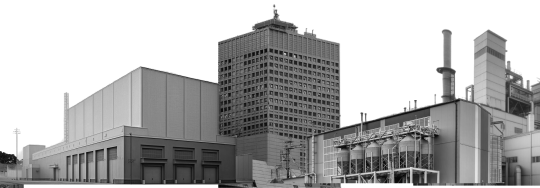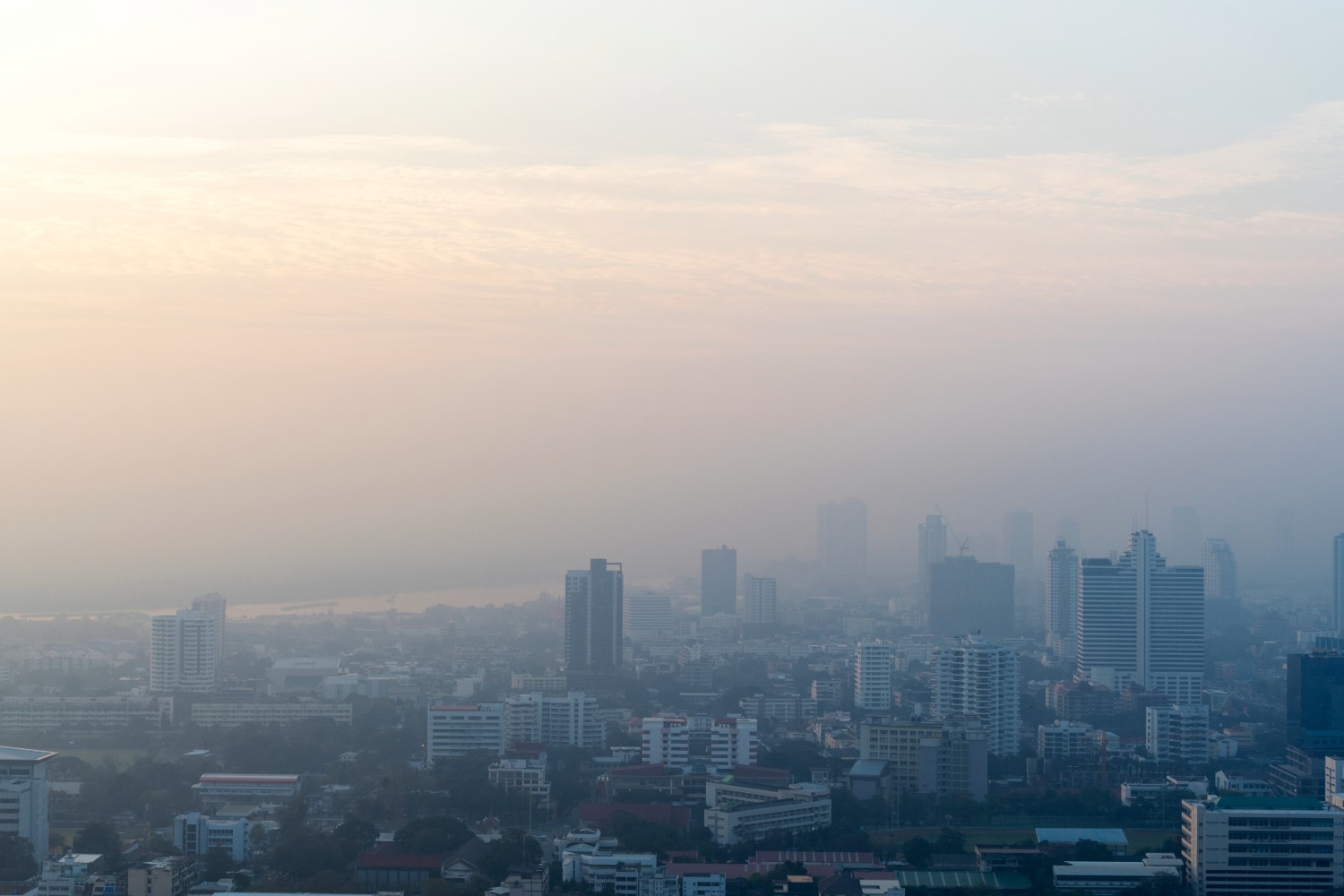According to a 2018 WHO report, 14 of the worlds 15 most polluted cities are in India.
Moreover, as winter begins in North India, the National Capital Region receives significant news coverage about rising pollution levels. Specifically, diesel generator compliance challenges also draw attention during this period. Industrial clusters in the area are a major hub of pollution which lacks awareness and has most enforcement issues.
As a short-term solution for the winter pollution months, the Supreme Court of India banned diesel generators starting in 2017. The Supreme Court-appointed Environmental Pollution Control Authority (EPCA) enforces this ban in the National Capital Region. It begins on October 15 and lasts until March 15 each year, along with other Graded Response Action Plan (GRAP) measures. The EPCA considers this ban essential for lowering Delhi’s air pollution. Pollutants from neighboring NCR cities are found to worsen air quality in the capital.
DG set Emission Norms reform by NCAP 2019
The National Clean Air Program (NCAP 2019), launched by the Indian Ministry of Environment, Forest, and Climate Change, aims to tackle air pollution. Its goal is to reduce particulate matter concentrations by 30% by 2024. The NCAP identified that 18% of city pollution is contributed to stationary diesel generators, highlighting the need for Diesel Generator compliance. Particularly, t encouraged state governments to adopt policies to completely phase out generators that run only on diesel fuel. The goal extends beyond limiting the ban the winter months.
Before NCAP, the Central Pollution Control Board had notified emission norms for diesel generator manufacturers. Some policies were in place for new DGs. However, there was no regulation for generators in-use after commissioning (except the 800 KW and above category). 91% of DG Sets have no regulations beyond the point of manufacture. Studies show that as DG Sets get older, they might emit 11 times the standards set for the manufacturers. Overall, DG Sets contribute to 7-18% to the ambient air pollution in non-attainment cities.
To address emissions from older generators, the Ministry proposed a notification to control pollution from in-use diesel generators. This notification included control and mitigation measures specific to these generators. In these mitigation measure, users would be required to
Shift to gas-based generators either by retrofitting existing generators for partial usage of gas (a mixture of diesel and gas) or buying new gas-based generators
Use retro-fitted emission control equipment with diesel generators having a minimum specified particulate matter capturing efficiency of at least 70%. This would be the lower cost solution to consumers with a cost less than 10% of the generator set.
NGT Order 681/ 2018
NGT Order 681/2018 supported the NCAP 2019 agenda and urged all state control boards to include DG regulations in their action plans. The order emphasized shifting to gas-based generators by using new gas-based generators or retrofitting existing DG sets for partial gas usage.
The Haryana State Pollution Control Board was the first in the country to act on it. It was soon followed by the Tamil Nadu Pollution Control Board.
HSPCB released an order in 5 cities– Faridabad, Gurgaon, Sonipat, Panipat and bahadurgargh on June 25 2020. All industries with a capacity of 500 kVA and above were given a three-month timeline to convert or retrofit their diesel generators. The HSPCB extended this timeline on September 28 for another three months. The extension was due to delays in obtaining gas lines and installing new or retrofitted systems.
Comply: Retrofit to Dual Fuel
Diesel Generator compliance requires investment. Retrofitting your DG with dual fuel technology is the most efficient solution. It helps you comply with the order and reduce emissions. Additionally, it offers an attractive return on investment.
This innovative and patented system requires no modification to the engine’s internal components. It allows operation on natural gas for up to 70% of the fuel needed to maintain the desired speed and load. Reduced fuel costs and extended runtime are just a few of the benefits of Bi-Fuel operation.
- Converts industrial diesel engines to Bi-Fuel operation by substituting up to 70% natural gas for diesel fuel
- Save on operating fuel costs by using natural gas with return to 100% diesel operation at any time
- Allows the use of available or interruptible gas supplies
- No modification to internal engine components is required
- Cleaner burning natural gas reduces exhaust emissions (NOx by 60%, CO2 by 10%)
- Reduces requirements for on-site fuel storage
Dual Fuel Generators provide the perfect solution to consumers, who now can utilise their existing capital intensive asset (DG), at the same time lowering emissions and operating fuel costs.
Click here to learn more about how Energeia helped one of its clients to convert their Deisel Generator to a Natural Gas hybrid while reducing their costs and emissions.
Contact Energeia to convert your diesel generators to natural gas hybrids today


